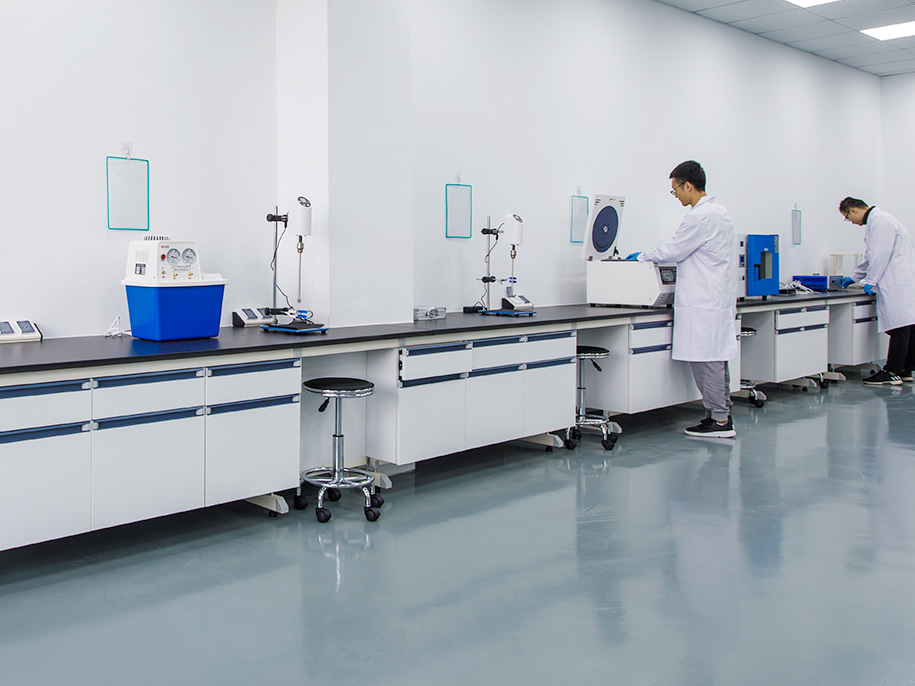High Purity Graphite: Properties, Applications, and Production Methods
What is High Purity Graphite?
High purity graphite, also known as molded graphite, is characterized by a carbon content greater than 99.99%. It offers excellent electrical conductivity, low electrical resistance, corrosion resistance, high purity, self-lubrication, thermal shock resistance, isotropy, and ease of precision machining. With complete flake crystallization, thin and flexible sheets, and exceptional physical and chemical properties, high purity graphite is an ideal inorganic non-metallic material. It is widely used in industries such as aerospace, solar photovoltaics, semiconductors, continuous casting, hard alloys, and electronics.
Key Properties of High Purity Graphite
- Electrical Conductivity: Excellent for use in electrical applications.
- Low Electrical Resistance: Ensures efficiency in conductive tasks.
- Corrosion Resistance: Suitable for harsh environments.
- High Purity: Meets stringent industry standards.
- Self-Lubrication: Reduces wear and tear in mechanical applications.
- Thermal Shock Resistance: Withstands rapid temperature changes.
- Isotropy: Uniform properties in all directions.
- Ease of Machining: Ideal for precision components.
Applications of High Purity Graphite
- Electrical Heating Elements: Used in the manufacture of electrical heating elements and structural casting molds.
- Metal Smelting: Crucibles and boats for metal smelting.
- Single Crystal Furnace Heaters: Essential for heating elements in single crystal furnaces.
- EDM Graphite Electrodes: Widely used in electrical discharge machining.
- Sintering Molds: For hard alloys and precision sintering.
- Electronic Tube Anodes: Used in the production of electronic tubes, grid, and anodes for transmitting tubes, thyratrons, and mercury arc rectifiers.
- Metal Coating: Graphite crucibles used in semiconductor technology.
- High-Tech Applications: Large-scale, high-quality high purity graphite is a substitute material in high-tech and new technology fields, offering broad application prospects.
Purification Methods for High Purity Graphite
- Wet Purification:
- Flotation Method: Utilizes the difference in the surface properties of graphite and impurities.
- Acid-Base Method: Involves the use of acid and base to remove impurities.
- Hydrofluoric Acid Method: A highly effective method for achieving high purity.
- Fire Purification:
- Chlorination Roasting: Uses chlorine gas at high temperatures.
- High-Temperature Method: Involves heating the graphite to extremely high temperatures.
Synthetic High Thermal Conductivity Nano Flake Carbon Powder
This synthetic high purity graphite features even higher purity, smaller particle size, and thickness at the nano-scale, but with lateral dimensions reaching several to tens of microns. It maintains the planar hexagonal ring conjugated crystal structure of graphite, offering superior mechanical strength, electrical and thermal conductivity, lubrication, and high-temperature resistance.
Uses of High Purity Graphite, Molded Graphite, and Hexagonal High Purity Graphite
- Metallurgical Industry: Refractory materials and coatings.
- Military Industry: Stabilizers for pyrotechnic materials.
- Light Industry: Pencil leads.
- Electrical Industry: Carbon brushes.
- Battery Industry: Electrodes.
- Fertilizer Industry: Catalyst additives.
Advanced Products from High Purity Graphite
Through deep processing, high purity graphite can produce high-tech products such as graphite emulsion, graphite sealing materials, composite materials, graphite products, and graphite friction reducers. These products are critical non-metallic mineral raw materials for various industrial sectors.
Production Processes
High purity graphite can be produced through various impregnation and baking cycles, such as:
- One Impregnation and One Baking: Basic level of purification.
- Two Impregnations and Three Bakings: Results in a density of over 1.7.
- Three Impregnations and Four Bakings: Achieves a density of over 1.8.
- Four Impregnations and Five Bakings: Highest level of purification and density.
Conclusion
High purity graphite’s unique properties and versatility make it indispensable across numerous high-tech and industrial applications. Its advanced production methods ensure the highest quality, meeting the growing demands of modern technology and industrial processes.

